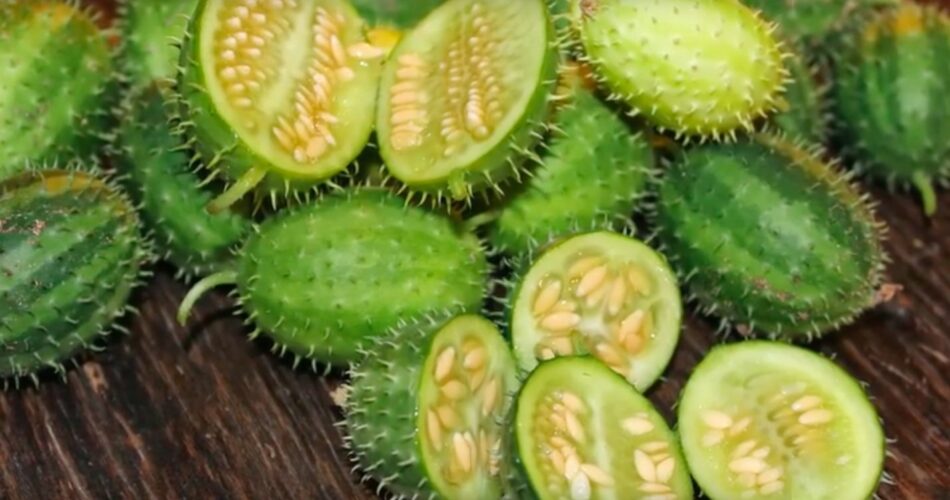We treat products like the most mundane things because they are. But we never even stop and think about what they looked like they looked before. Just a few hundred years ago, many fruits and vegetables looked completely different from their modern image. Some of them were barely edible, while others needed a visual transformation in order to be sold in stores. Because of the desire to change nature and adapt it to our personal needs, humankind has altered certain types of green produce beyond recognition.
Here are 7 fruits and veggies that have been completely transformed over the past centuries.
Peaches
For centuries the best fruits were selected for planting so that the harvest would be juicier, larger, and tastier. The first peaches were discovered as early as 4,000 BC in China. At first, the fruit was very small, no bigger than a cherry, had a huge pit, and, most surprisingly, it was white. It took more than a thousand years to make the fruit 60 times larger, much softer, sweeter, and juicier.
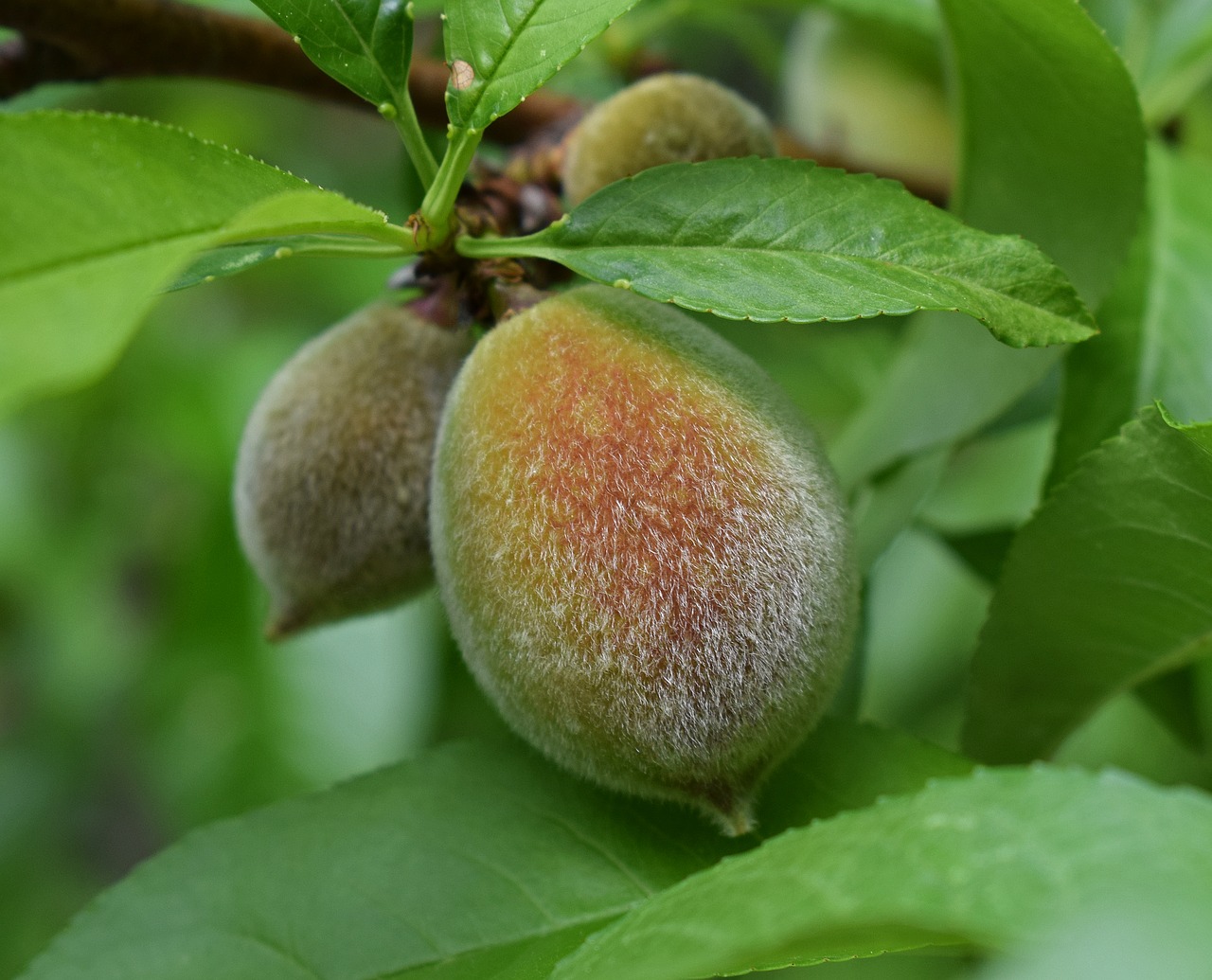
Eggplant
The original eggplants were round in shape, resembling, you know – eggs. Hence the name – “egg plant.” The vegetables used to be very diverse in size, shape, and color. Due to the bitter aftertaste, they were not used for cooking, but the “what’s bitter must be good for you” argument got the eggplants into the medicine business. The modern elongated appearance and the purple color were achieved thanks to centuries of hard work and selective farming.
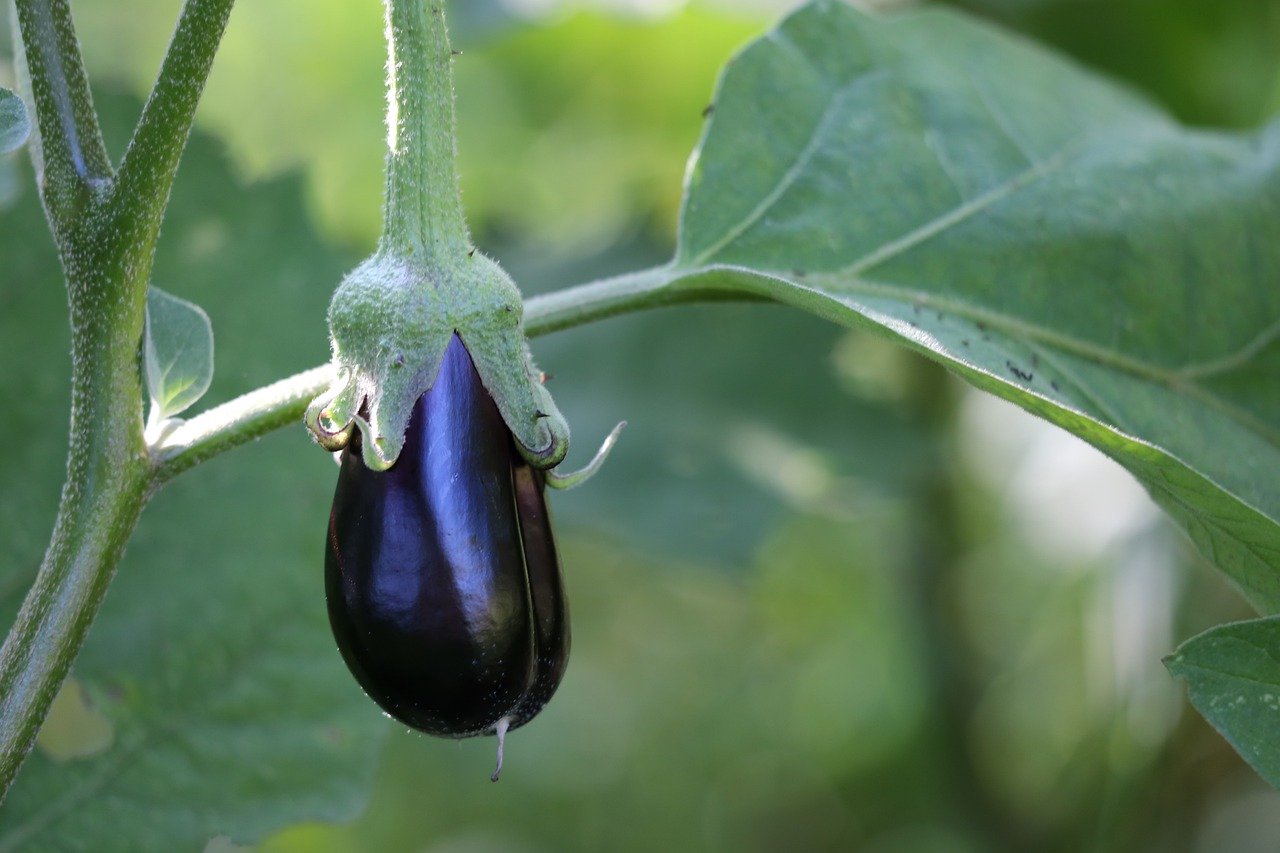
Bananas
The wild version of this tasty treat has hard, large seeds and a tough rind. It is nearly impossible to eat the wild bananas raw, so people boiled them. It is believed that the transformation of bananas began 10,000 years ago. The modern version of the fruit is soft, rich in flavor, and amazingly nutritious. And most importantly, the seeds in it are practically invisible and won’t chip your tooth.
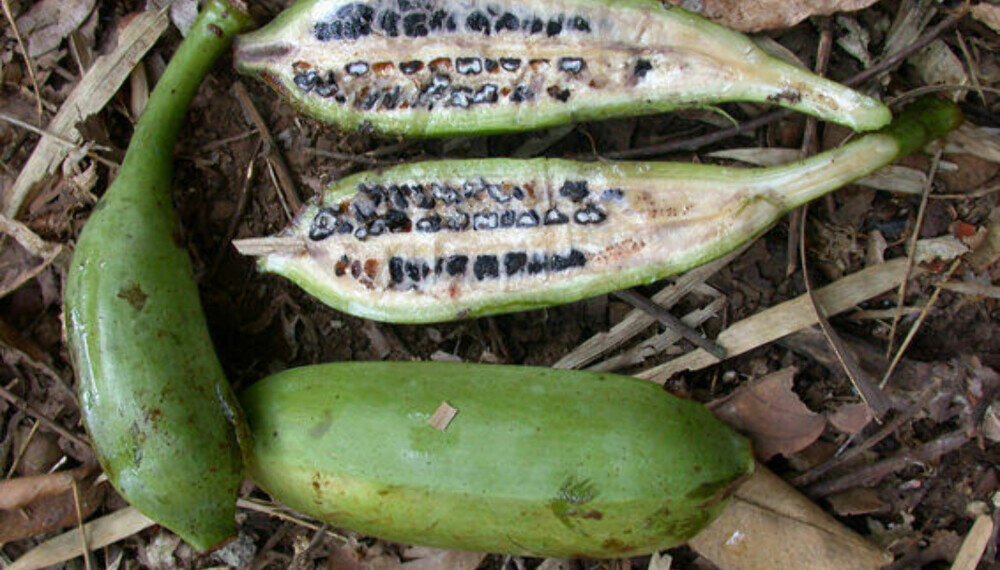
Tomatoes
It took tomatoes 1,000 years to get their modern appearance. They used to be very small, like today’s cherries. They were also yellow, so people called them golden apples. After turning the tomatoes red, the farmers started working on increasing their size. Thanks to this, the tomatoes acquired their crimson color, but the taste got worse, making modern tomatoes more watery than their sweet and savory ancestors.
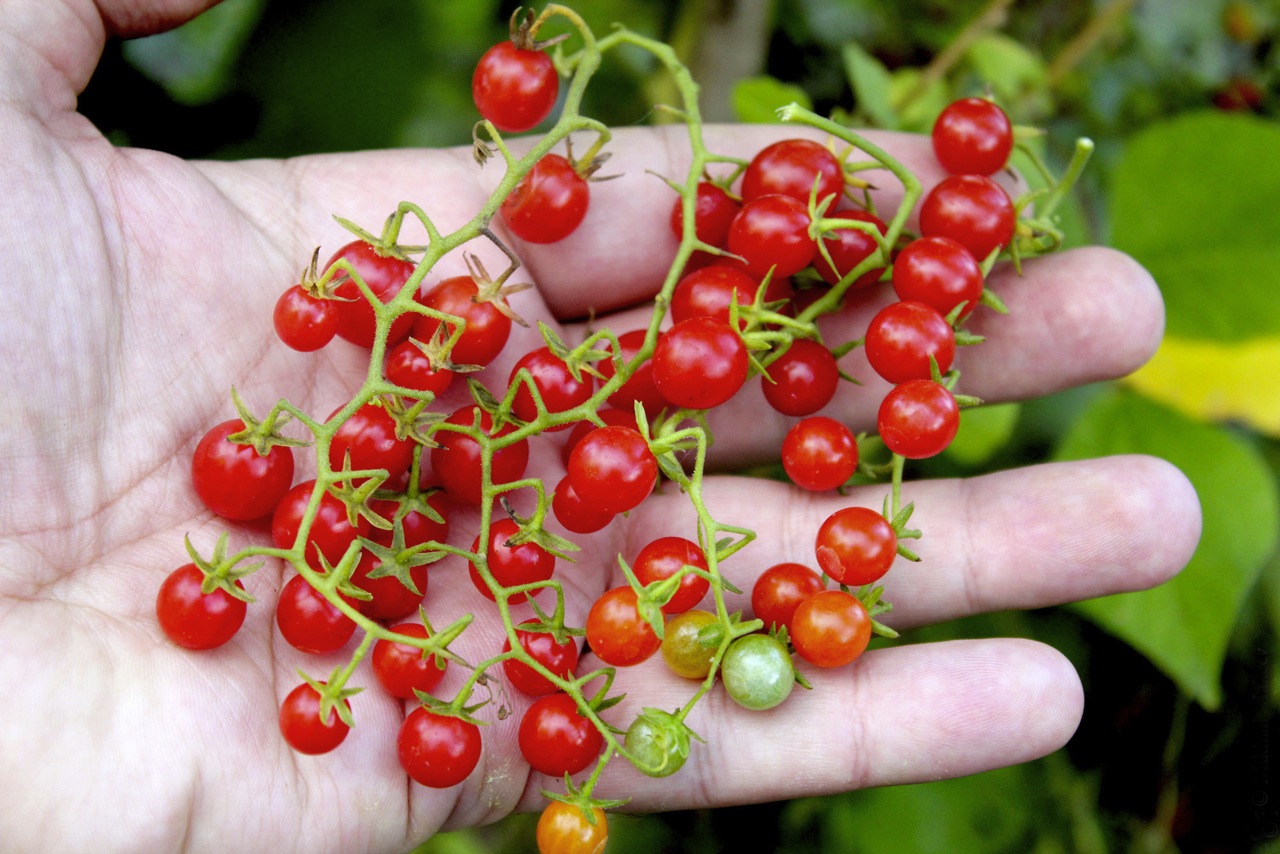
Cucumbers
Wild cucumbers are not at all like their farm-grown counterparts. If you look at a wild one, you could mistake it for a cactus with all those spikes. Wild cucumbers are completely inedible as they are highly toxic. They used to be grown only in India, specifically for medical purposes. Through many years of experimentation, cucumbers have acquired a modern elongated shape full of delicious cucumber juice.
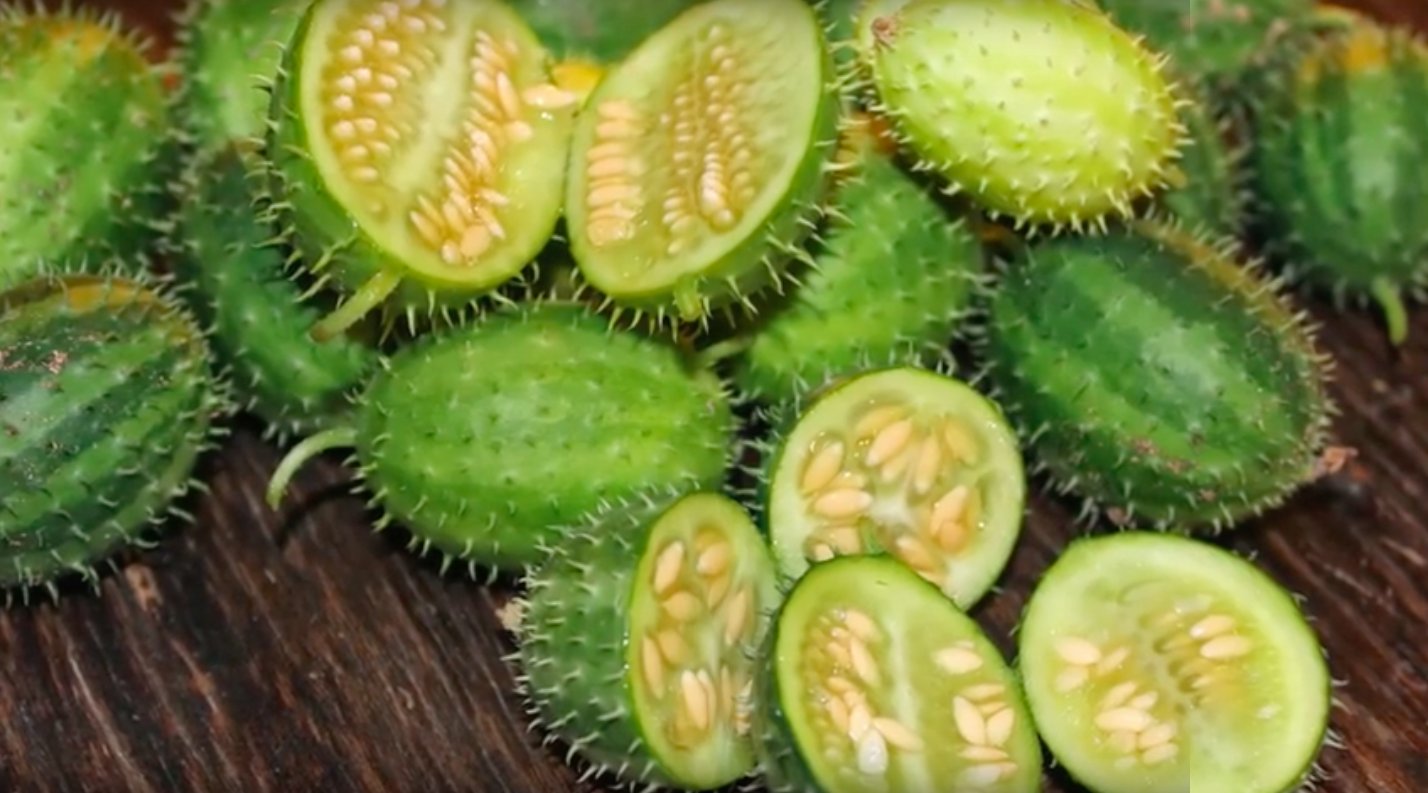
Corn
The evolution of corn began with a small plant. The Mexican species of wild grass had only a few grains that fit on a thin spikelet. They were hidden behind a thick, hard shell, making them extremely difficult to extract. The original corn is believed to resemble dry raw potatoes. Centuries of farming and selective pollination have resulted in the corn growing bigger, softer, and four times sweeter.
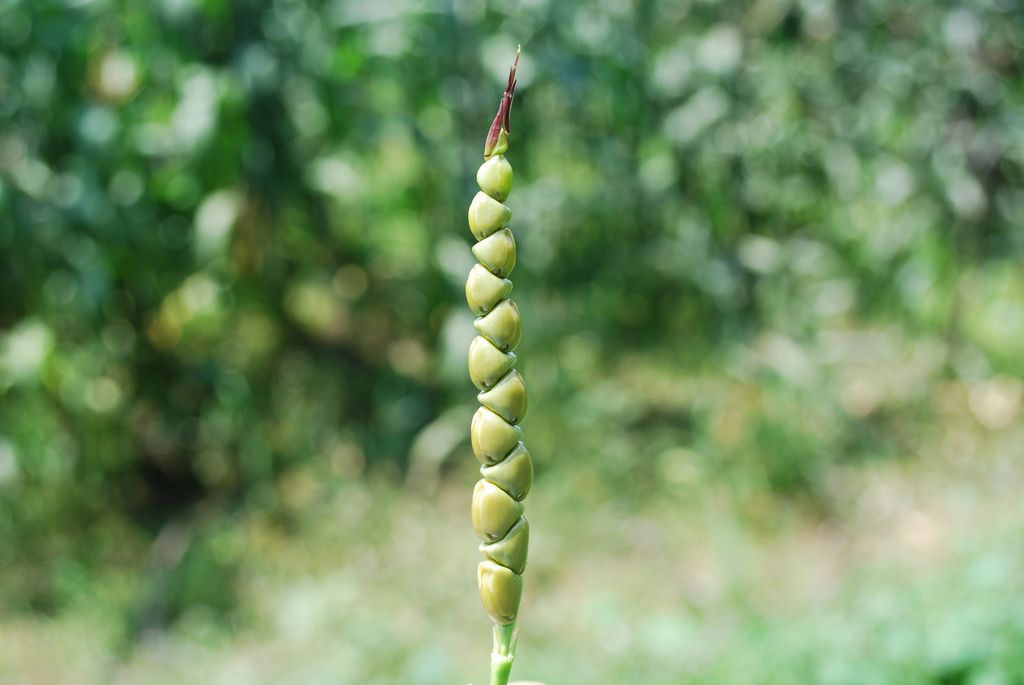
Avocado
Wild avocado’s size is not that impressive, and it contains practically no edible pulp. The modern fruit is ten times larger than its wild cousin and much tastier. Decades of selective breeding have created a miracle thanks to which everyone can now enjoy a healthy avocado salad.

